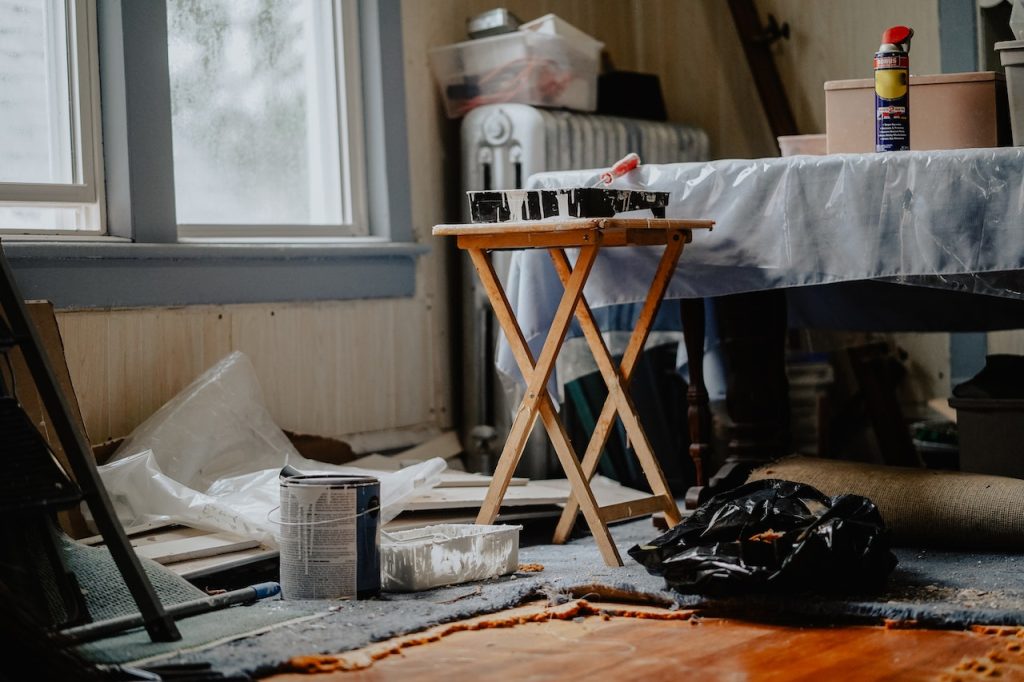After moving into your new home, the interior design may sometimes differ from what you expected during the consultation. And for this reason, it’s the best time to invest in a whole house remodeling project. It can improve your home’s overall look and value and may help you save money on energy bills.
However, it’s crucial to remember that a whole house remodeling project is a significant investment. A smooth and efficient task needs thorough planning, budget consideration, and finding the right contractors.
To help ensure a smooth and efficient task, our contractors will discuss four steps to help you plan a successful remodeling project.
1. Select Your Needs and Wants
Before starting your whole house remodeling project or researching for local contractors, you must list down all your needs and wants. Differentiating your must-haves and nice-to-haves can help you prioritize your budget and make the best changes for your home. It will also help you narrow your search and find a reliable contractor.
Must-have items, such as new flooring or drywall, are more basic and essential features of a whole house remodeling project. On the other hand, nice-to-have items can boost your home’s appeal but are optional. These may include an upgraded kitchen or a primary bathroom.
2. Set a Clear Budget
Besides your wants and needs, you must also set a clear budget for your whole house remodeling project to help determine what you’ll work on and how much it will cost. It can also help you find the right local contractor for this daunting task. You can get an accurate estimate by listing all the changes and researching their average costs.
- Labor is an intangible yet underrated expense when planning a whole house remodeling project. The costs will depend on the quality of materials, the size of your remodeling project, and the workforce you’ll select.
- Besides the labor costs, you should also have enough money to pay extra fees, such as permits, design approvals, and the designer’s payment for your remodeling project.
- Moreover, we recommend setting aside 10% of your whole house remodeling project’s costs for contingency funds if something goes wrong. These funds will help cover unexpected extensions or expenses.
- Research all the materials and finishes you’ll need when planning your whole house remodeling project. While your contractor may require some materials, you may choose others based on your desired aesthetic. You wouldn’t want to overspend on materials that don’t match your home’s furnishings.
3. Find a Reliable Contractor
Your property is one of your most valuable investments, and it’s best to look for a contractor for your whole house remodeling project. Any reputable contractor would be willing to stick with you from the start to the end of your project.
You can start by getting recommendations from loved ones or neighbors who recently finished a whole house remodeling project. Next, check their online reviews and ratings. You also want to ensure they’re licensed and insured. Moreover, you can look at previous projects to give you an idea of your home’s future look.
Then, schedule a call with each contractor to get an estimate.
4. Get Several Estimates
Apart from the budget, needs, and wants, it’s also best to get several estimates from different contractors. This essential document will give you an idea of the whole house remodeling project’s overall costs, the scope of work, the project timeline, and payment schedules. At this point, you must also set realistic expectations about the final look. It’s also crucial to expect the unexpected and communicate with the contractor.
Creating a Personalized Space
For most homeowners, their homes are one of the most valuable investments. Creating a personalized space through a whole house remodeling project can help improve its efficiency and boost property value.
BMR Homes offers whole-house remodeling services in the Birmingham Metro Area in Alabama to help homeowners enjoy a more comfortable home. Contact us now and get a quote!

